British energy major BP has informed its partners in the Australian Renewable Energy Hub (AREH) that it intends to exit the $55 billion (USD 36.14 billion) green energy hub planned for Western Australia’s Pilbara region.
BP first bought a 40.5% operating stake in the project in 2022, with its share in the joint venture growing to 63.57% in the following years.
The company has however now advised its consortium partners, InterContinental Energy and CWP Global, that it will exit AREH as both an operator and equity holder.
“This decision reflects BP’s recent strategy reset, which will see BP grow its upstream oil and gas business, focus its downstream business, and invest with increasing discipline into the transition,” a spokesperson for the company said in a statement, adding that while AREH no longer aligns with BP’s strategy, it continues to present an important opportunity for Western Australia to decarbonise the Pilbara.
“BP will work with its AREH partners to ensure a safe and efficient transition of operatorship,” the spokesperson said.
CWP and InterContinental, which own about 10% and 26% of the project respectively, remain backers of AREH, with the latter set to assume control of its operation.
InterContinental Chief Executive Office Alex Tancock said they will now work to take the project to the next phase of development.
“We believe strongly in the project’s potential to decarbonise the Pilbara and diversify the state’s economy, and we look forward to delivering on this shared vision,” he said.
The 26 GW project, previously known as the Asian Renewable Energy Hub, is proposed for a 6,500-square kilometre site about 250 kilometres northeast of Port Hedland. At full capacity, AREH could produce about 1.6 million tonnes of green hydrogen per year.
BP’s decision comes after energy and mining giant Fortescue formally announced it has abandoned plans for a green hydrogen project in Queensland.
Fortescue has confirmed it is scrapping its planned PEM50 hydrogen project near Gladstone, along with a proposed hydrogen project in the United States “following a detailed review.”
The company opened an electrolyser manufacturing facility with a nominal annual production capacity of 2 GW at Gladstone late last year, but that was closed earlier this year. It has now confirmed that it has scrapped the PEM50 green hydrogen project that was to feature 50 MW of electrolyser capacity “following a detailed review.”
“An assessment is underway to repurpose the assets and the land,” the company said.
This content is protected by copyright and may not be reused. If you want to cooperate with us and would like to reuse some of our content, please contact: editors@pv-magazine.com.
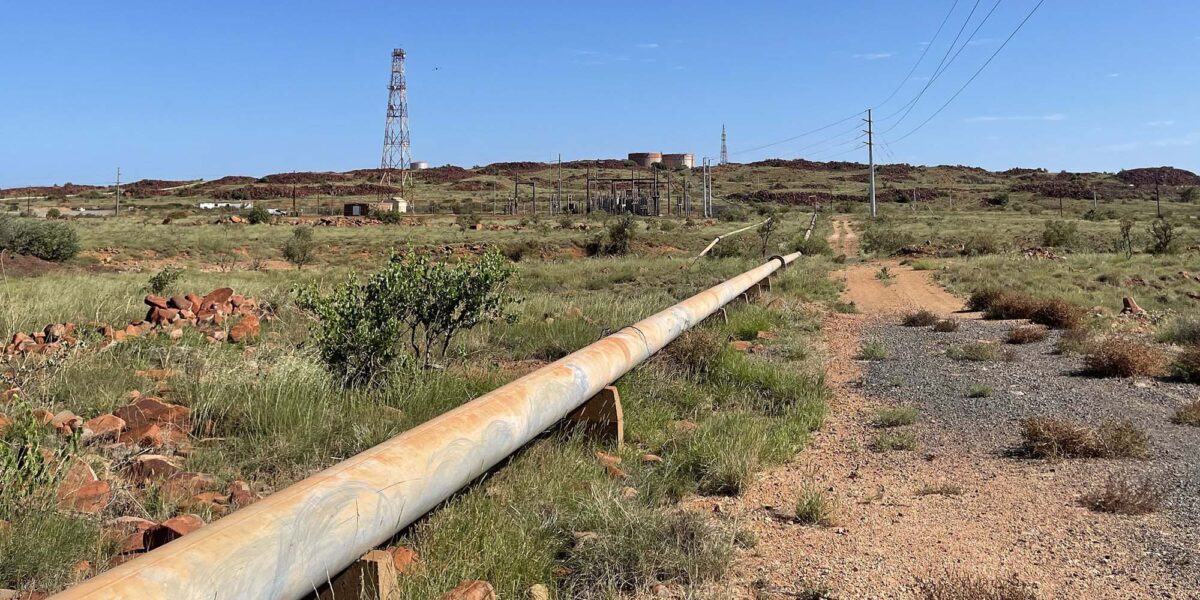
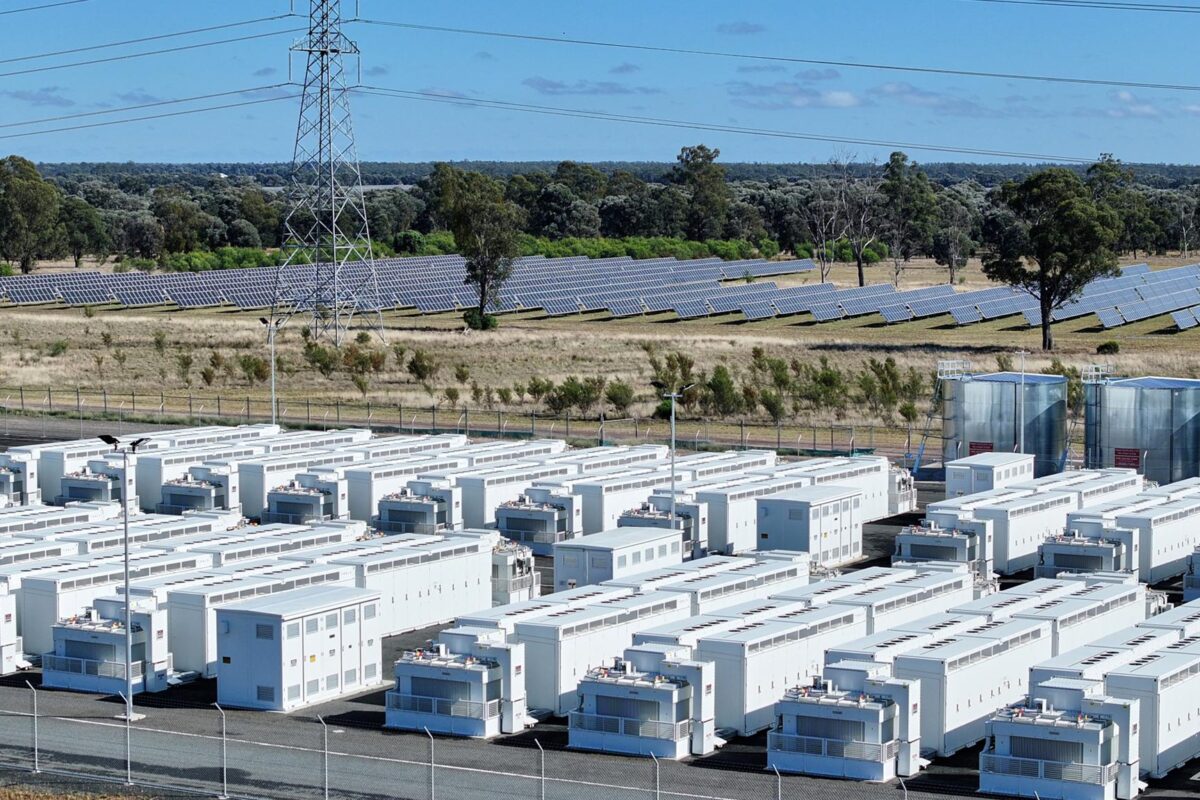
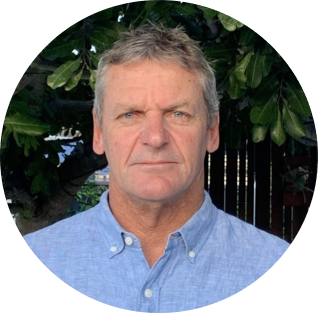


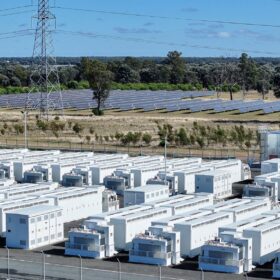
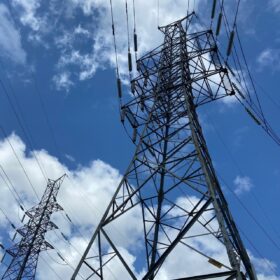
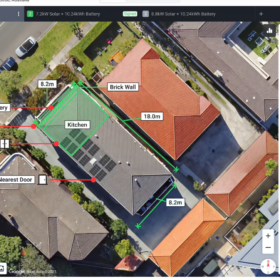
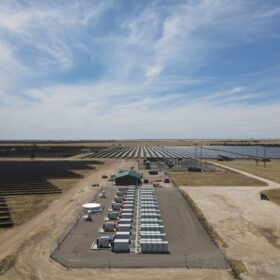
1 comment
By submitting this form you agree to pv magazine using your data for the purposes of publishing your comment.
Your personal data will only be disclosed or otherwise transmitted to third parties for the purposes of spam filtering or if this is necessary for technical maintenance of the website. Any other transfer to third parties will not take place unless this is justified on the basis of applicable data protection regulations or if pv magazine is legally obliged to do so.
You may revoke this consent at any time with effect for the future, in which case your personal data will be deleted immediately. Otherwise, your data will be deleted if pv magazine has processed your request or the purpose of data storage is fulfilled.
Further information on data privacy can be found in our Data Protection Policy.